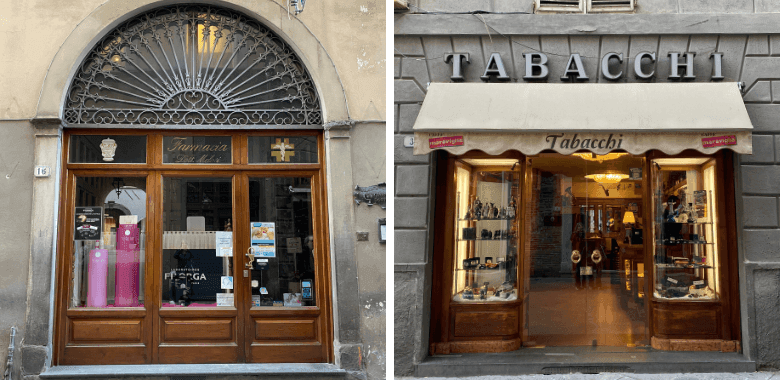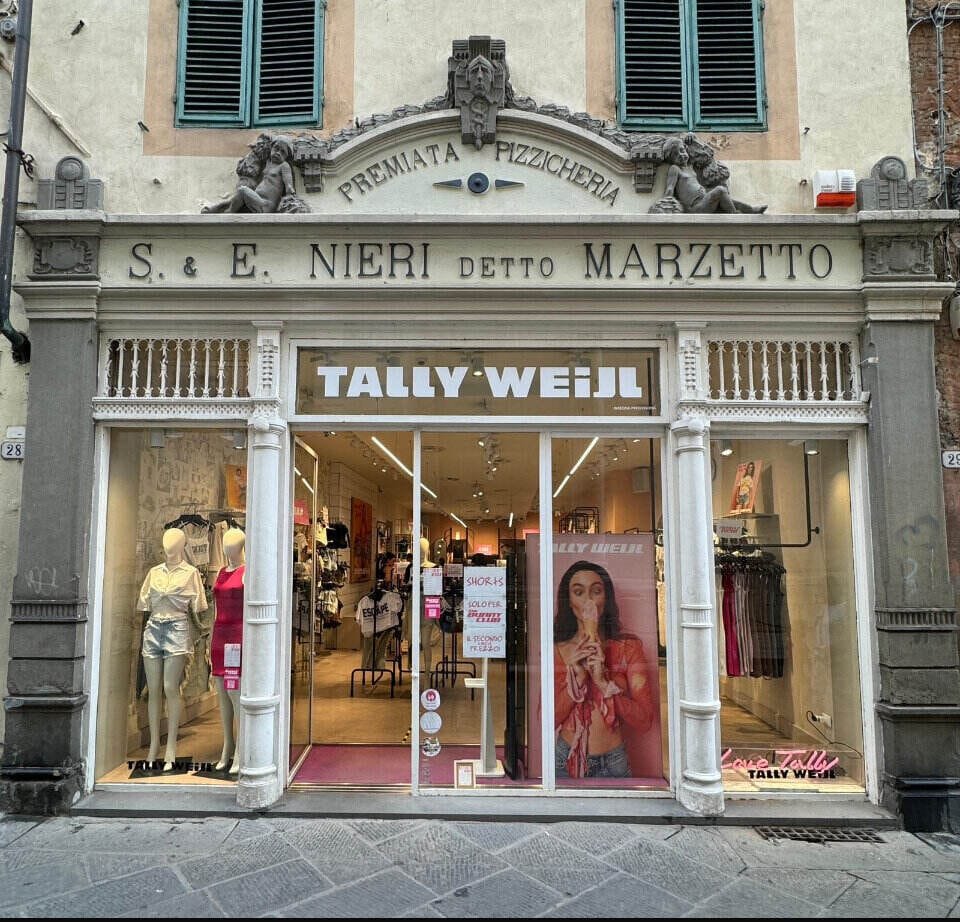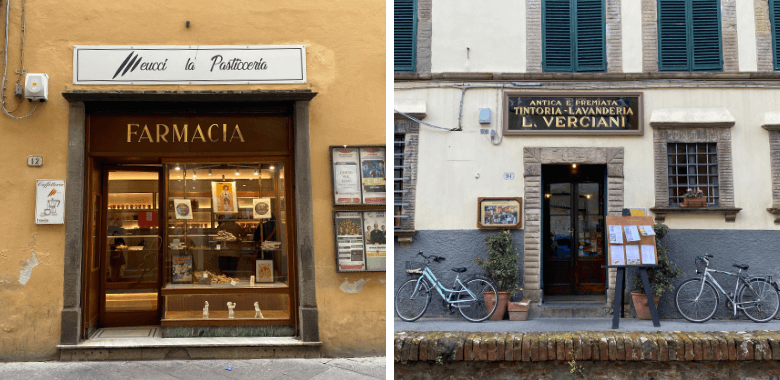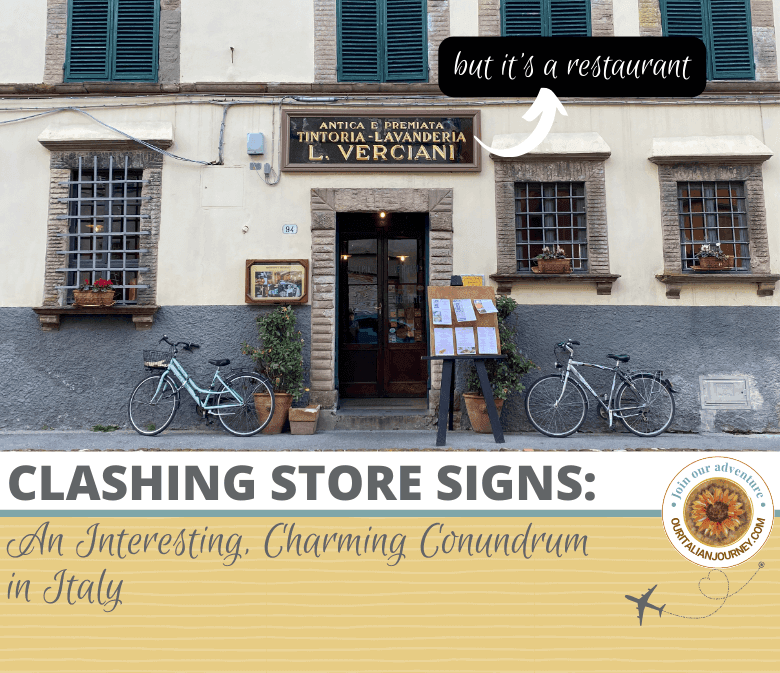Store signs… a visual feast of mismatched signs and historical tidbits.
Have you ever strolled down a cobblestone street in Lucca, Italy, and noticed something peculiar? The charming, historic buildings are undoubtedly a highlight, but have you ever wondered why some store signs often seem out of place? A bakery nestled under a sign that promises a hat shop, or a modern clothing boutique with a blacksmith’s emblem above the door. It’s like a real-life game of “spot the incongruity”!
This post contains affiliate links that help keep this website running. By purchasing through our links, we make a small commission at no extra charge to you. Thank you for your support!
Welcome to the whimsical world of shops in Italy, a delightful quirk that adds an extra layer of charm to the country’s already enchanting towns and cities.
Why Can’t Store Owners Change Their Signs?
The short answer? Because Italy is serious about preserving its heritage. The country is home to some of the world’s most iconic historical sites, and Italians fiercely protect their cultural identity. This even extends to the smallest details, like store signs.
These signs are often centuries old, crafted by skilled artisans and bearing witness to the ebb and flow of local commerce. They are considered integral parts of the urban landscape, contributing to each town’s unique character and atmosphere.
Imagine Lucca without its weathered shop signs, replaced with sleek, modern alternatives. The city would lose a significant part of its soul. It’s like removing the Mona Lisa from the Louvre – unthinkable!
A Brief History of Italian Shop Signs
Store signs have been around for centuries. Elaborate designs, often incorporating symbols or images related to the shop’s trade, were used to attract customers.
Over time, these shops in Italy became infused with historical significance. They tell stories of the town’s past, reflecting changes in the economy, society, and art. For example, a sign depicting a lion might indicate a connection to a powerful family or a historical event. I find this true in Florence.

Store Signs… Is This Rule Nationwide?
While the protection of historical shop signs is a common practice throughout Italy, the specific regulations can vary from city to city. Some places may be more lenient than others, allowing for limited modifications or replacements under certain conditions.
However, the general principle remains the same: preserving the historical fabric of the city is a priority. So, while you might find a few modern exceptions, the charming mismatches between shop and sign are a hallmark of the Italian experience.

Embracing the Quirks
Rather than being a hindrance, this unique rule adds to Italy’s allure. It’s a delightful reminder that history is alive and well in the country’s everyday life. The next time you find yourself wandering through a charming Italian town, take a moment to appreciate the shop signs. They are more than just advertisements; they are windows into the past.
So, the next time you spot a hat shop sign above a gelataria, or a blacksmith’s emblem adorning a trendy boutique, don’t be surprised. It’s all part of Italy’s enchanting charm.

In Conclusion
Have you encountered any particularly amusing or intriguing shop sign mismatches during your Italian travels? Please share your photos and stories with us on social media using the hashtag #ouritalianjourney. Let’s celebrate the quirky charm of these historical relics together.










This post just makes me smile! Sweet, funny and always charming Italy! Love it!
Thanks for putting a smile on my face!
I think it’s funny too! Thanks Teresa for the comment!
Those historic signs are one of the things I love about Lucca!
I agree Wendy and we are always noticing them more and more!